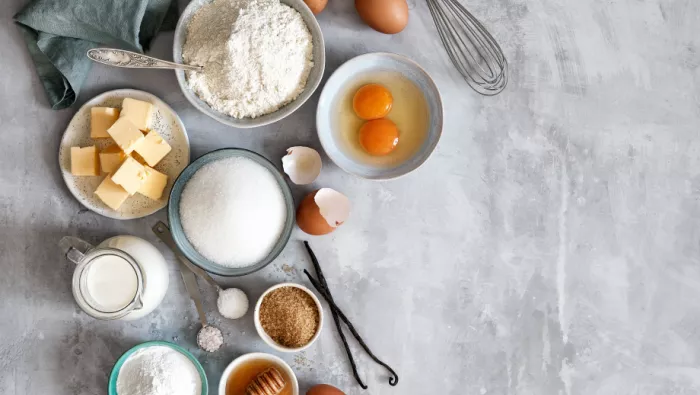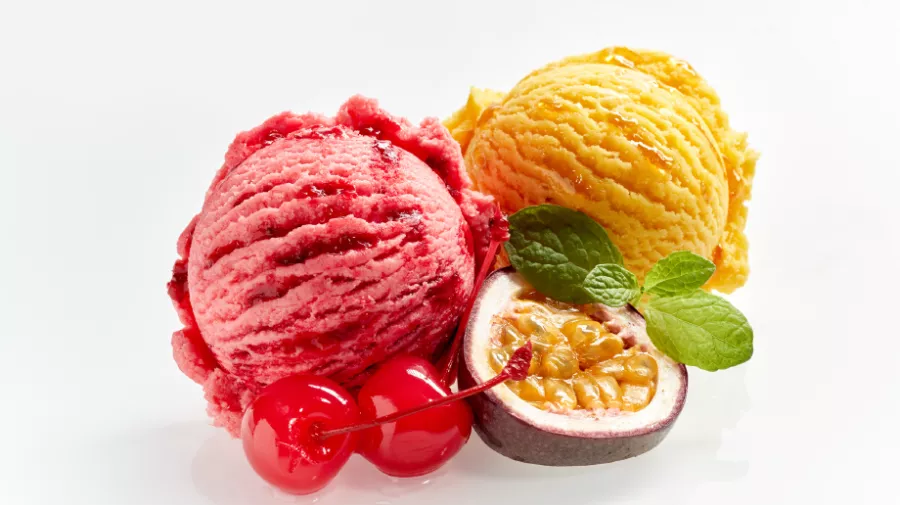
Sugars provide much more than just sweetness in foods
They are a versatile ingredient in the foods we cook at home and in the foods we purchase.
What role does sugar play in foods and drinks?
Sugar can enhance fruity flavours in foods but can also balance bitter and acidic flavours. This can help make nutritious foods, like rhubarb and bitter or sharp berries, more palatable. Sugar can also help make high-fibre foods more palatable.
Sugar plays a role in the texture of many foods, providing mouthfeel and consistency (e.g. a smooth cake frosting, chewy toffee, or the 'snap' of a hard candy).
Sugar provides the soft, light structure in baked foods and creates bulk (for example in cupcakes, where it traps small air bubbles and helps to keep the batter together). It also helps maintains a food’s physical appearance (for example in cookies and biscuits, where it prevents surface cracking). In foods made with egg white foams, like meringues and traditional marshmallows, sugar adds volume and stabilises the foam ensuring air remains trapped in to give a fluffy, tall structure (the peaks of a meringue or a tall, springy marshmallow).
Sugars bind water, retaining and stabilising the moisture in foods. Because bacteria, moulds and yeasts need water to grow, sugars can act as a natural preservative by reducing the water available to these microorganisms. Sugar helps to prolong the shelf life of many foods and is commonly used at home for food preserving like jams and jellies, and bottled fruits.
Sugar aids the fermentation process. For example in bread making, it acts as a food for the yeast, kick-starting its action to produce carbon dioxide, so that the bread rises.
When heated, sugars undergo a process known as the maillard reaction, in which they react with proteins to produces the golden-brown colour of many baked goods. Sugar can also be caramelised, when it’s heated to above 100 degrees Celsius, to produce confectionery like caramels and toffees.
Sugar allows foods like ice cream to be soft enough to scoop and eat.




